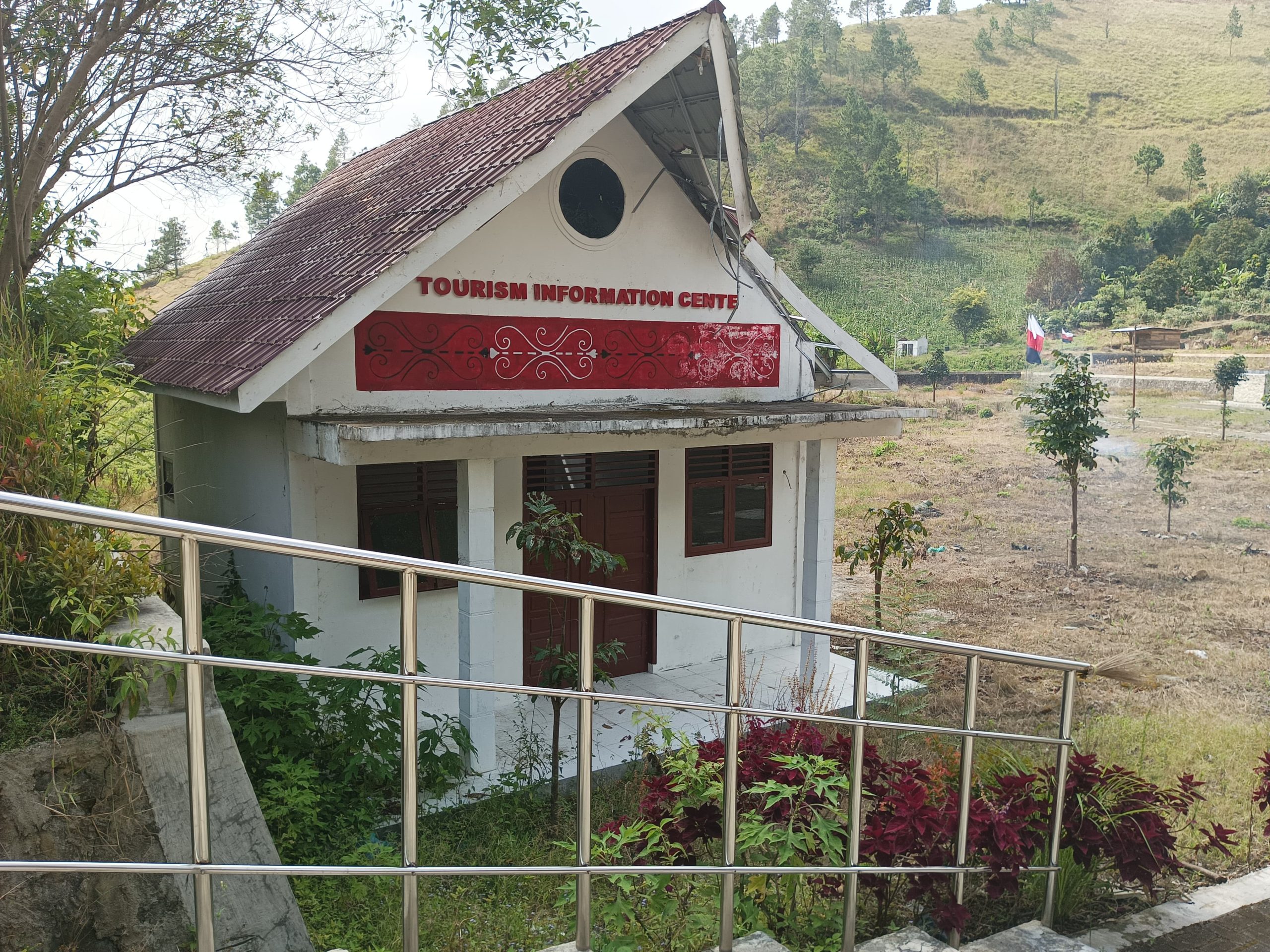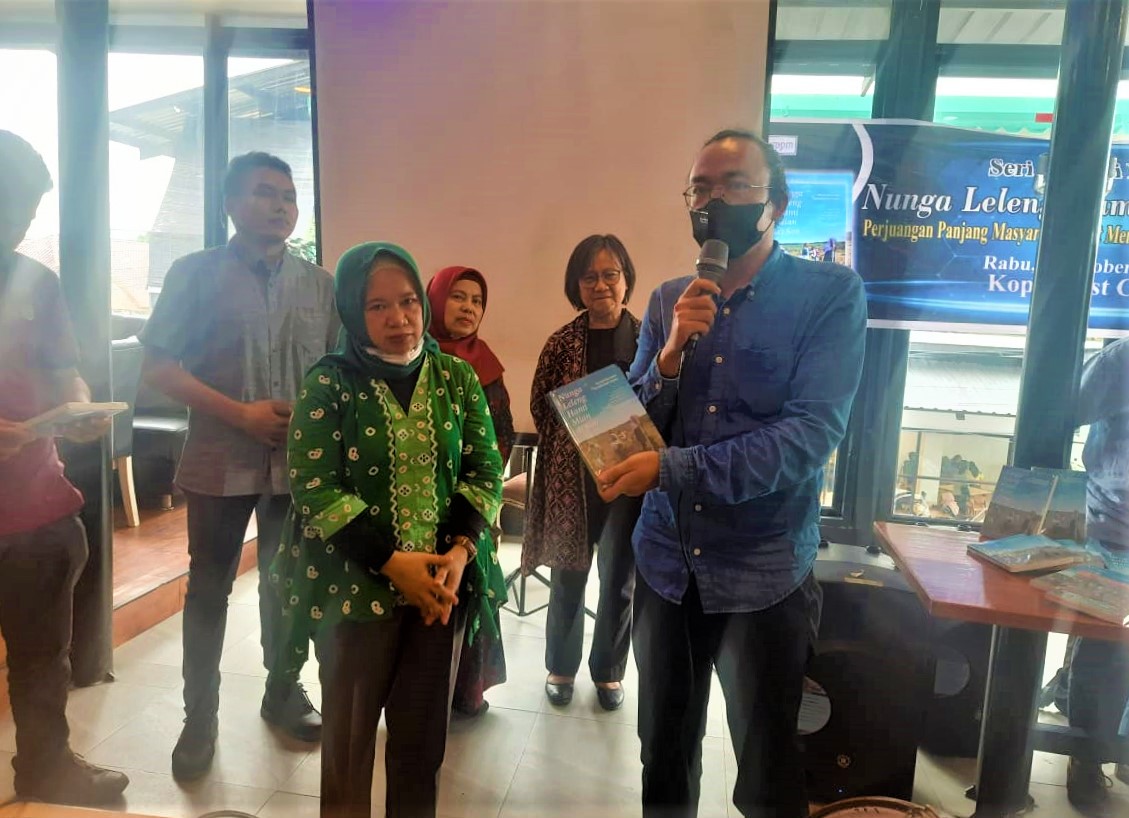When someone is happy, there is usually someone who is disappointed. This is exactly what happened in February 2022 when President Joko Widodo visited Tano Batak. During the visit, the President handed over Customary Forest Decrees to 4 (four) indigenous communities. But on the other hand, dozens of other indigenous communities felt disappointed that their conflicts had not been resolved.
The four indigenous communities (IPs) that received the decree are from North Tapanuli and Humbang Hasundutan Regencies, namely (1) Nagasaribu Onan Harbangan, Pohan Jae Village, Siborong-borong District, North Tapanuli Regency, (2) Bius Huta Ginjang, Huta Ginjang Village, Muara District, North Tapanuli Regency, (3) Adian Hoting, North Tapanuli Regency, and (4) Pandumaan-Sipituhuta, Pollung District, Humbang Hasundutan Regency.
No community in Samosir District has received a similar decree because the Regional Regulation on the Protection and Recognition of Customary Law Communities (PPMHA) had not yet been passed when the integrated team was formed to conduct verification and identification. Therefore, when the team decided on the locations to be verified, Samosir District was not included in the list. The reason was that the team could only conduct verification in districts that already had PPMHA regulations.
In contrast to Samosir District, Toba District, since 2020, has issued a PPMHA local regulation. In terms of regulations, Toba District is even far superior to other districts in the Lake Toba Region. In addition to having a regional regulation, Toba Regency has also issued a Regent Decree on the formation of a committee to determine indigenous peoples, along with a Regent regulation on the implementation of the team’s activities.
Before the integrated team conducted verification and identification of indigenous peoples in October 2021, the Toba Regency Government had already verified and identified 7 (seven) indigenous communities, namely Natinggir, Sigapiton, Simenak Henak, Matio, Ombur, Natumingka and Sigalapang. Therefore, the verification and identification conducted by the Integrated Team last October was the second time after that conducted by the Toba Regency Government. The difference is that the Toba Regency did not verify and identify the Pomparan Ompu Sunggu Barita community in Janji Maria, while the Integrated Team did.
Specifically for Toba Regency, there is a difference of opinion in the results of verification and identification between the Local Government team and the Integrated Team formed by the Ministry of Environment and Forestry (MoEF). According to the Integrated Team, of all the indigenous communities verified and identified in Toba, there are only 2 (two) communities that have the potential to obtain Indigenous Forests, namely, the Simenak Henak Indigenous Community and the Pomparan Sunggu Barita Janji Maria Indigenous Community.
However, the Ministry of Environment and Forestry (KLHK) can only issue a Customary Forest Decree if there is already a Toba Regent Decree on the recognition of the existence of communities and customary territories of the two communities. Unfortunately, until President Joko Widodo handed over the Indigenous Forest Decree in February 2020, the Toba Regency Government had not issued a decree recognizing the community and indigenous territory of the two communities in question.
A Bizarre Excuse
According to various media reports, the Toba Regency Government argues that there are no communities that can fulfill the five requirements for the determination of customary law communities as outlined in the Minister of Home Affairs Regulation (Permendagri) No.52/2014 on Guidelines for Determining Customary Law Communities. This reason is of course very odd. The Integrated Team has recommended 2 communities to obtain Indigenous Forests and the Toba District Government has not verified and identified the Pomparan Ompu Sunggu Barita Janji Maria Indigenous Community. Where does the Toba District Government’s argument come from that this community does not meet the requirements according to Permendagri No.52/20214 on Guidelines for Determining Customary Law Communities?
The Toba District Government’s unwillingness to recognize indigenous communities and territories until the President handed over the Indigenous Forest Decree in February 2022 has also led to speculation. There is an assumption that the Toba District Government does not understand the regulations on the mechanism for recognizing indigenous peoples and customary territories, and that the Toba District Government does not take sides with indigenous peoples. This assumption is certainly not excessive considering that Toba Regency’s neighbor, North Tapanuli, convincingly dared to recognize 3 (three) indigenous peoples and customary territories, which happened to be still in the same stretch of customary territory and one social bond with communities in Toba Regency.
Finally, the Ministry of Environment and Forestry only issued a Decree on the Indicative Location Map of Indigenous Forests (PILHA) to the Simenak Henak and Pomparan Ompu Sunggu Barita Indigenous Peoples in Janji Maria because there was no recognition of indigenous peoples from the Toba Regency Government. This is certainly very unfortunate. If the two communities receive a Customary Forest Decree from the MoEF, the District Government’s authority to regulate the area will increase because its status is no longer a forest area.
The PILHA concept is a new MoEF policy towards indigenous communities that have not yet received recognition from their local governments, but have the potential to be designated as Indigenous Forests. From the point of view of legislation, the PILHA Decree does not yet have legal force because its status is still State Forest. Agrarian conflicts still have the potential to occur in it.
What happened to the Simenak Henak and Ompu Sunggu Barita Indigenous Peoples in Janji Maria shows that the process of recognizing indigenous peoples and customary territories is very difficult. Our long and convoluted bureaucracy makes this process even more difficult. From a layman’s perspective, if the MoEF has recommended the Simenak Henak and Janji Maria areas to be designated as Hutan Adat, the district government should follow suit. But that’s not the case! **
(Rocky Pasaribu)









